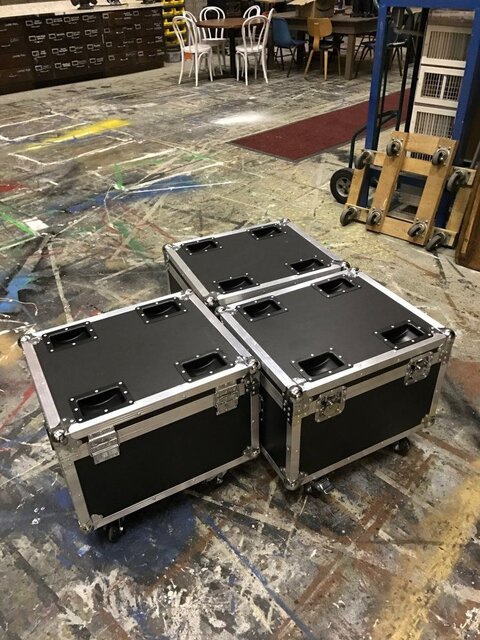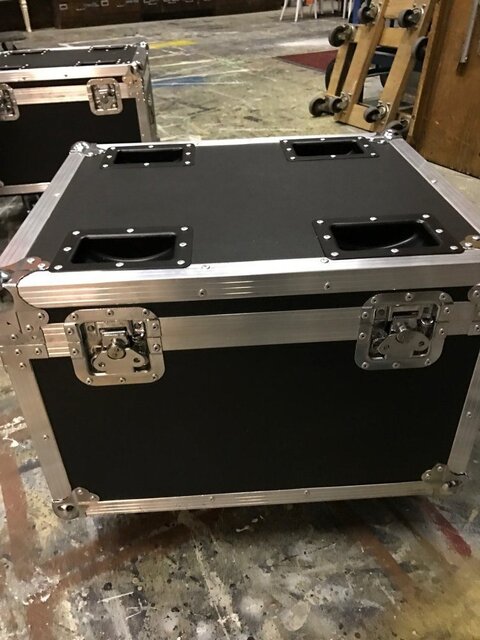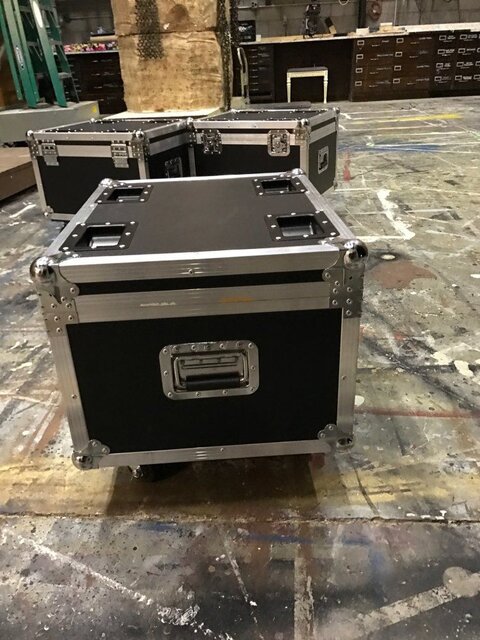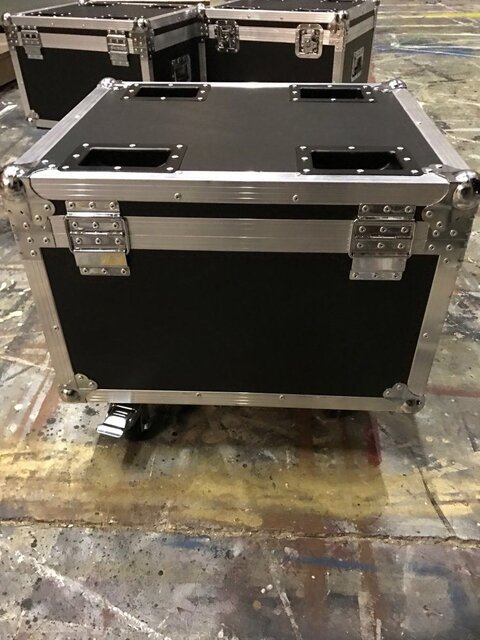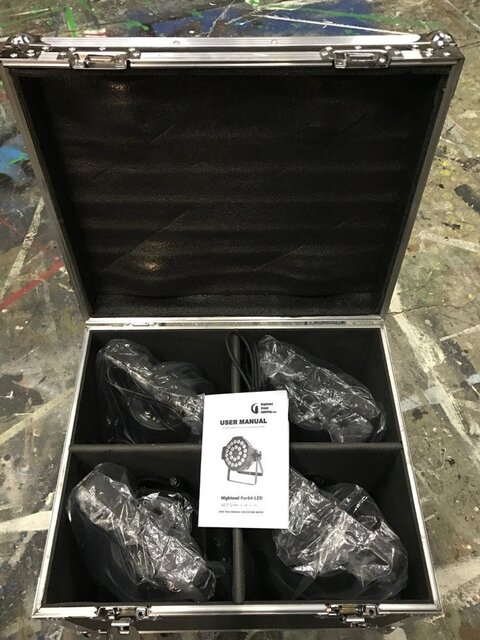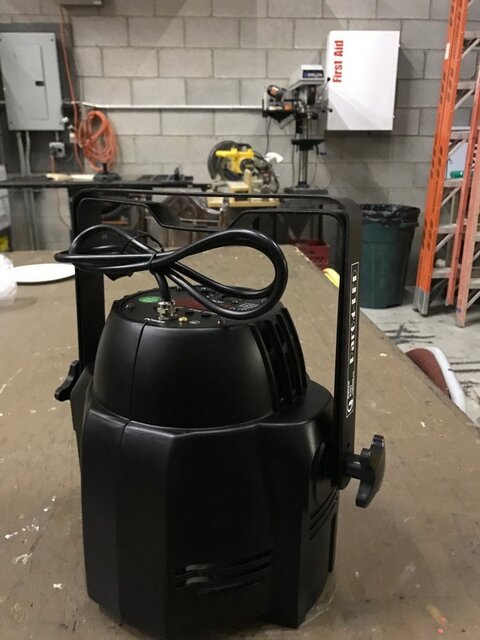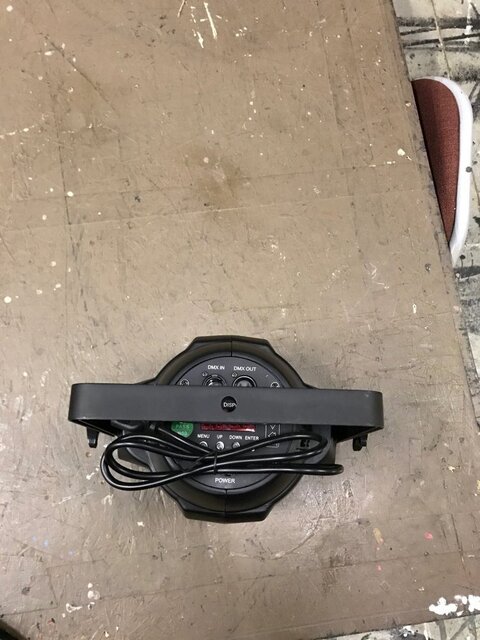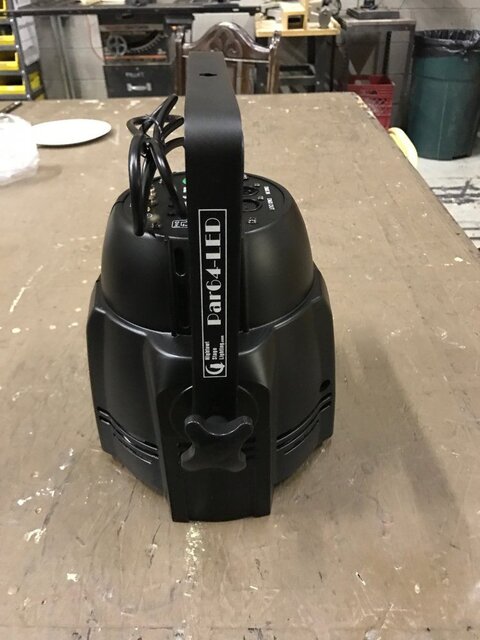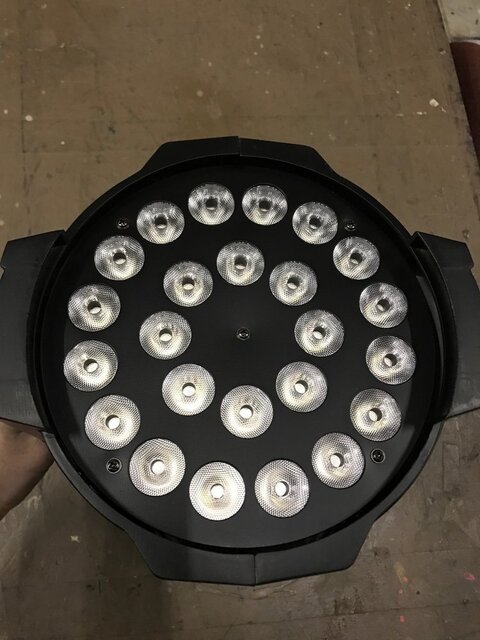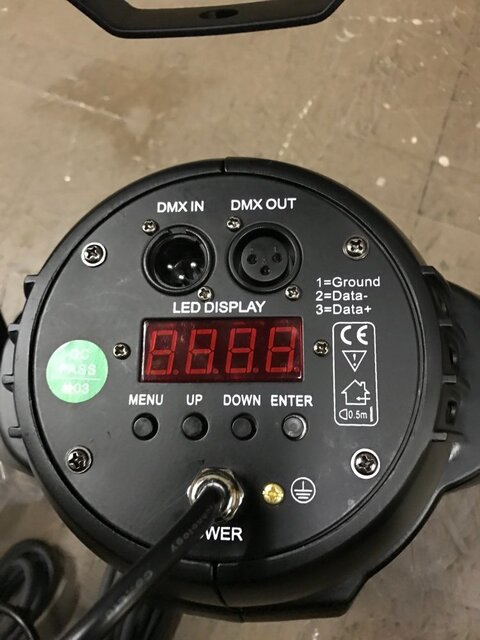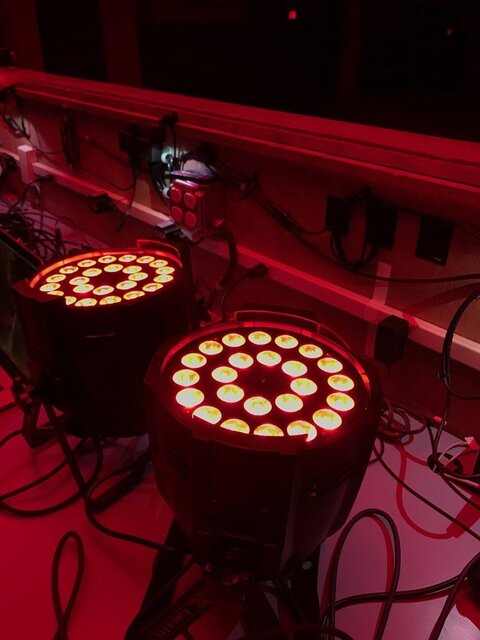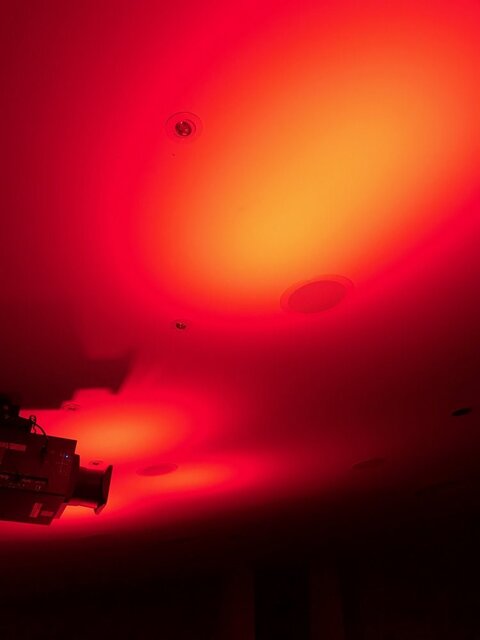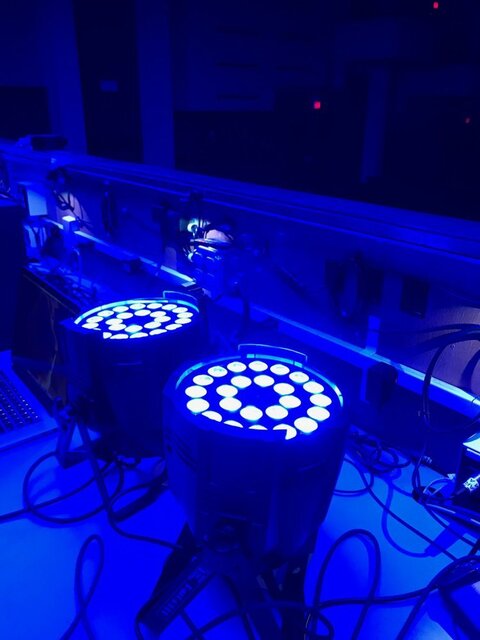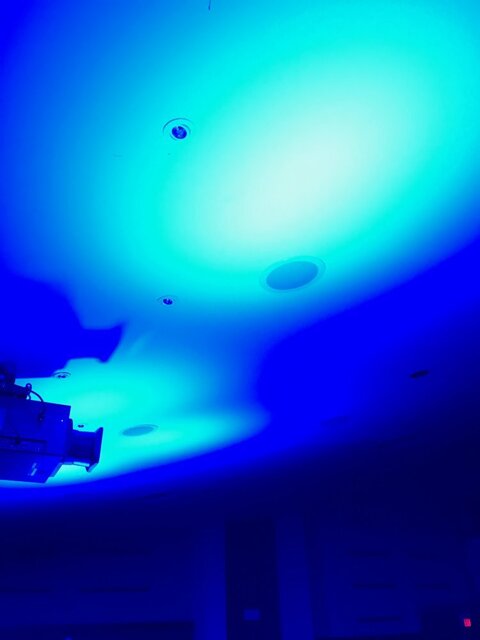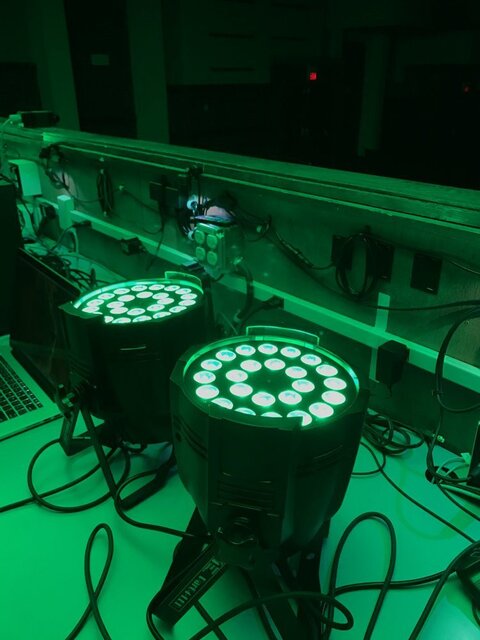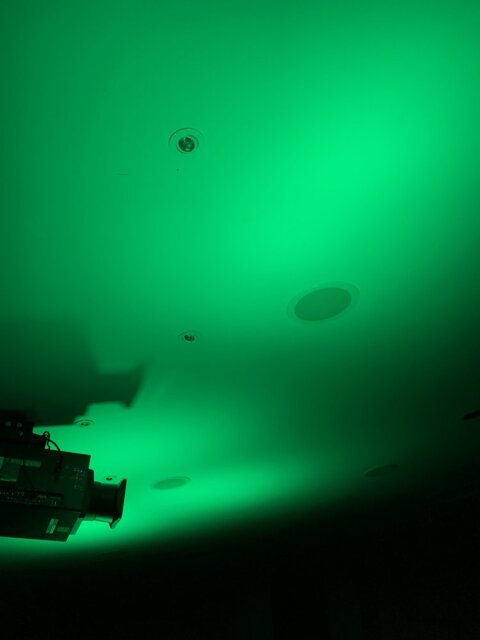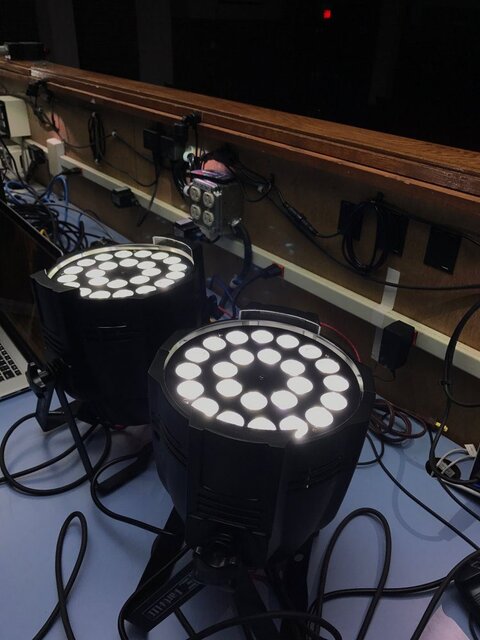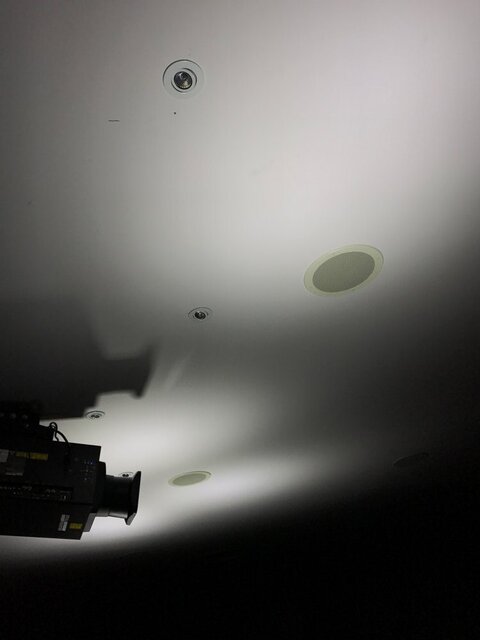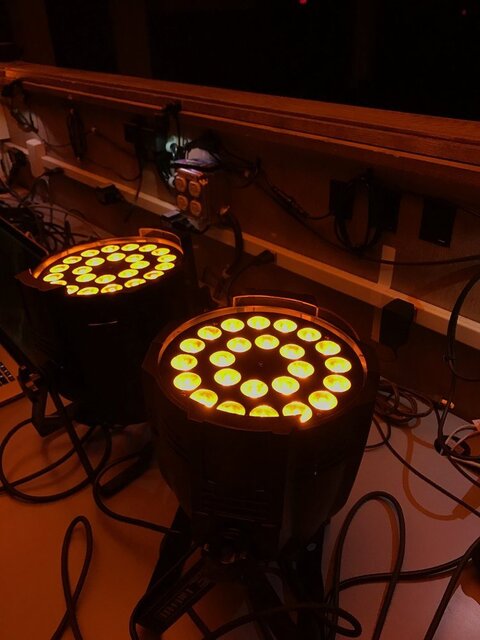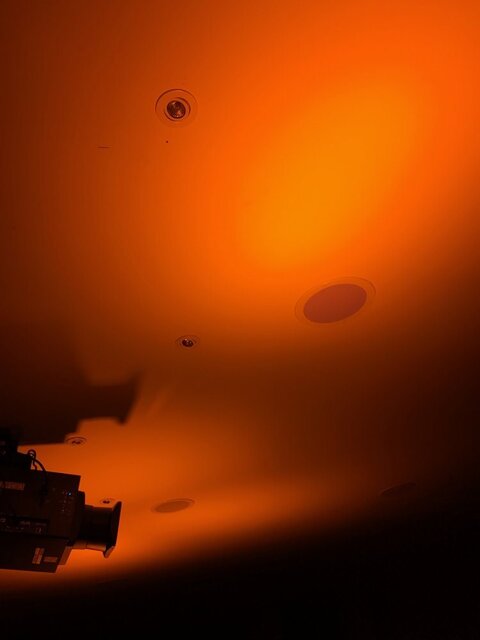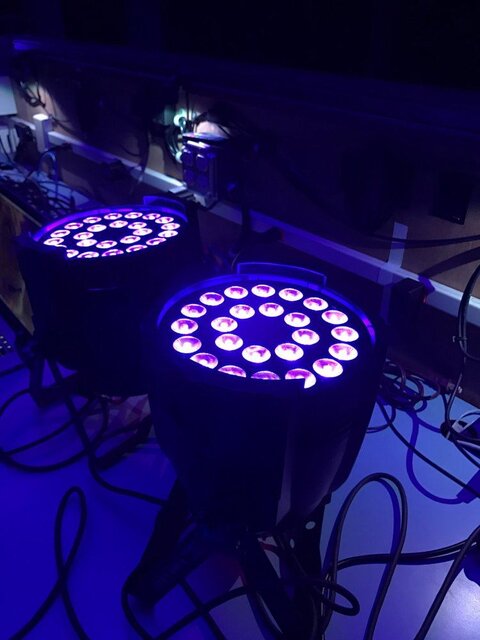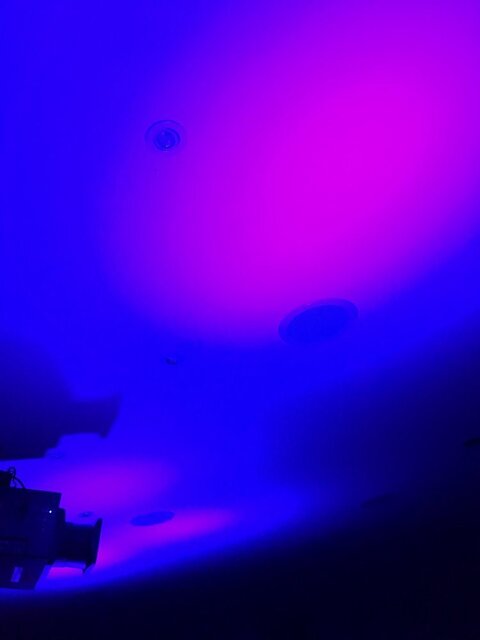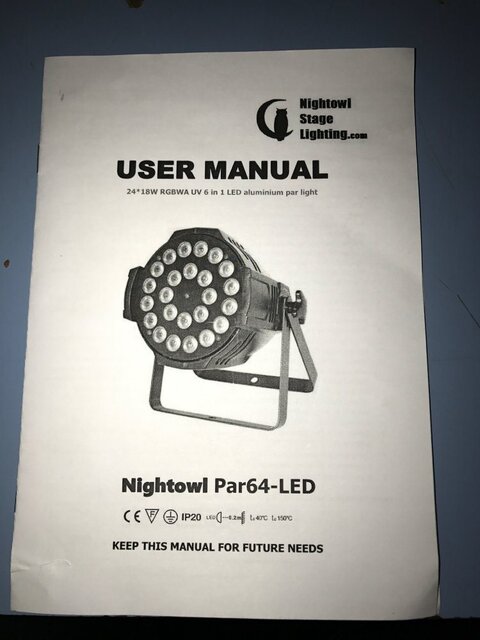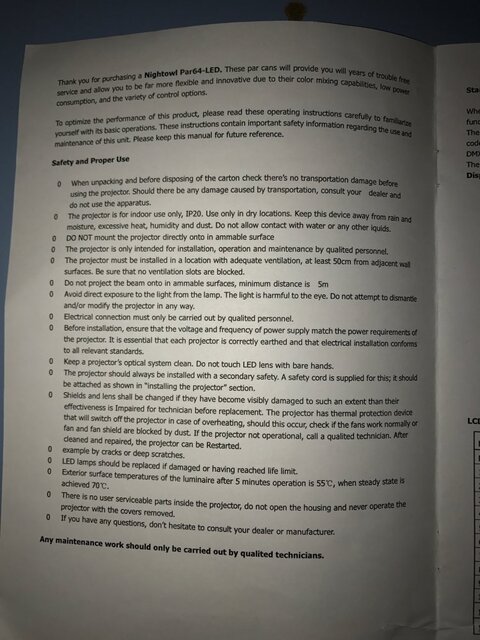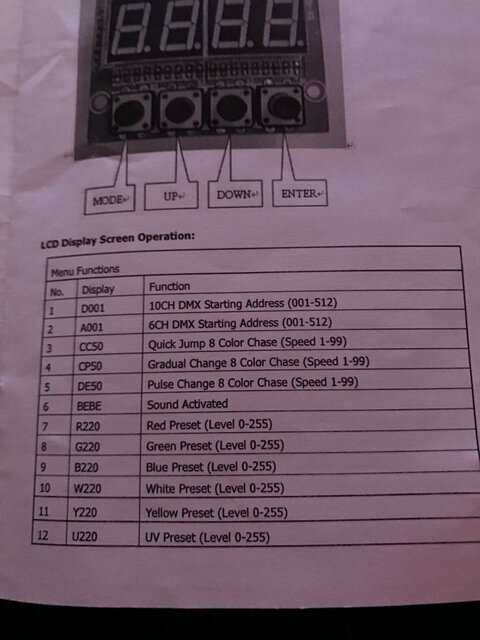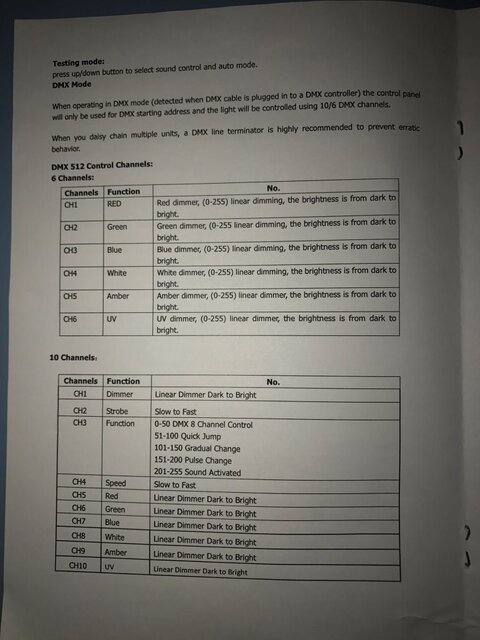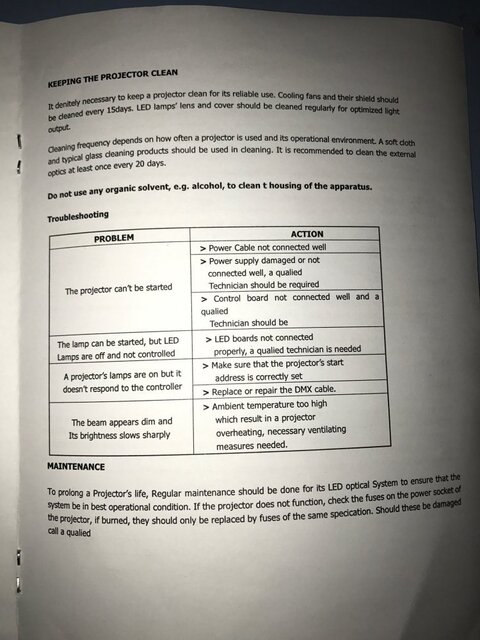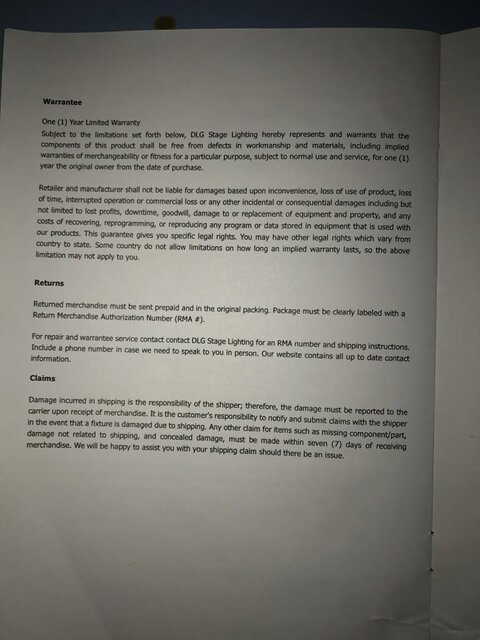Alright ladies and gentlemen; the time is upon us to take an unbiased look into the NightOwl
LED pars.
I apologize in
advance for this being to photo/video heavy. I wanted to be as fair and thorough as possible. I'll reference photo files name as I need to in order to make this easier.
For those of you who enjoy the TL;DR of reddit: I would say that these guys are a great light for the price, but they have a few shortcomings that you would not see in the top tier quality.
I purchased (12) twelve RGBWA-UV 18x24 Pars from NightOwl with flight cases for $3000 shipped.
See IMG_0007
When I initially placed my order I noticed 2 things. The first being that you can spec these things because they are built to order (at least in my case). There was a choice between, 3 or 5 pin connections, body colors, lenses (you could have anything from Narrow to Wide Floods). I chose 3 pin connectors, black body, and wide flood lenses. There was an option to not
purchase in flight cases and be packaged in cardboard instead. I choose the cases, because it never hurts to have them around, especially since I operate in 3 theatres on this campus.
The second thing that surprised me was that there is no form or anything that was offered to me to fill out to spec these. With all those options, I figured they'd have a website that you could place the order on and spec all of the options - but it was done through e-mail and everything arrived the way I ordered it. If it works, I guess I can't really complain.
I was instructed it would take about 10 business days to have the order in my hands from the date of payment. I payed on the 22nd of February and had the pars delivered on the 9th of March. 11 business days by my count.
The cases were much nicer than I expected. They have casters and are stackable. They're built pretty solid and appropriately fit the
instrument for transportation. They have robust hinges and locks, and even have wheel locks (2 total, 1 on each opposing corner) and spring loaded lift handles. A great addition which was at no cost to me.
See IMG_0007-0011
Instrument Hardware:
I was pleased to see that each
instrument was carefully packaged and shipped with a 3 pin
dmx cable. I was not expecting the 3pin
dmx cable at all, so this was a complete bonus to me. The lighting
instrument itself has fairly thin casted walls. It feels very lightweight compared to other versions of this same type of
LED par I've used. You can see that it has been equipped with dual yokes but no clamps or clasps come with the
instrument itself, as is typical in the industry. No
safety cables either. The lenses are designed to vent through, which work well; you can feel the air flow through them but not enough to disrupt anything framed (like
frost or something). There are actually filtered air intakes near the
base of the
unit itself, which is something I don't often see in lower priced instruments. The
manual is helpful and written in an understandable form of english but feels lightly generic.
See IMG_0011-0016
Processing:
Overall, I will say that the
LCD display
screen and menus,
etc, are not my preference. They are fine in size and functionality
(although 1 instrument was clearly damaged in shipping, and not functioning properly) but they are not easy to navigate. Normally you can have a menu which you can choose what
channel mode these function in. That is not the case with these; there is a dxxx (being the
address number) to signify it is in 10
channel mode or an axxx (being the
address number) signifying that you're using 6
channel mode. I have had a hell of a time even in the appropriate setting figuring out how the hell to get these into a 10
channel mode. In the
manual it states to press enter to lock in the changes made, but whenever you press enter it just shows a seemingly random number in the 20s or 30s. Perhaps this is user error and I'm currently discussing this with Scott; I'll keep you posted when I sort it out. The other thing that is a pain, but is surprisingly common, is that this does not come with any kind of
ETC fixture profile. While they can be programmed easily with a generic RGBWA
fixture (and then manually adding in the UV) It would be great to see a full functionality "out of the box" implementation. I have been working on one, so I will gladly make it available to all those who ask for it, that have
ETC Ion and other associated consoles that run the same framework.
This will be continued; I have photos with colors and some videos for dimming, but I have to get back to getting a dance show on it's feet.



